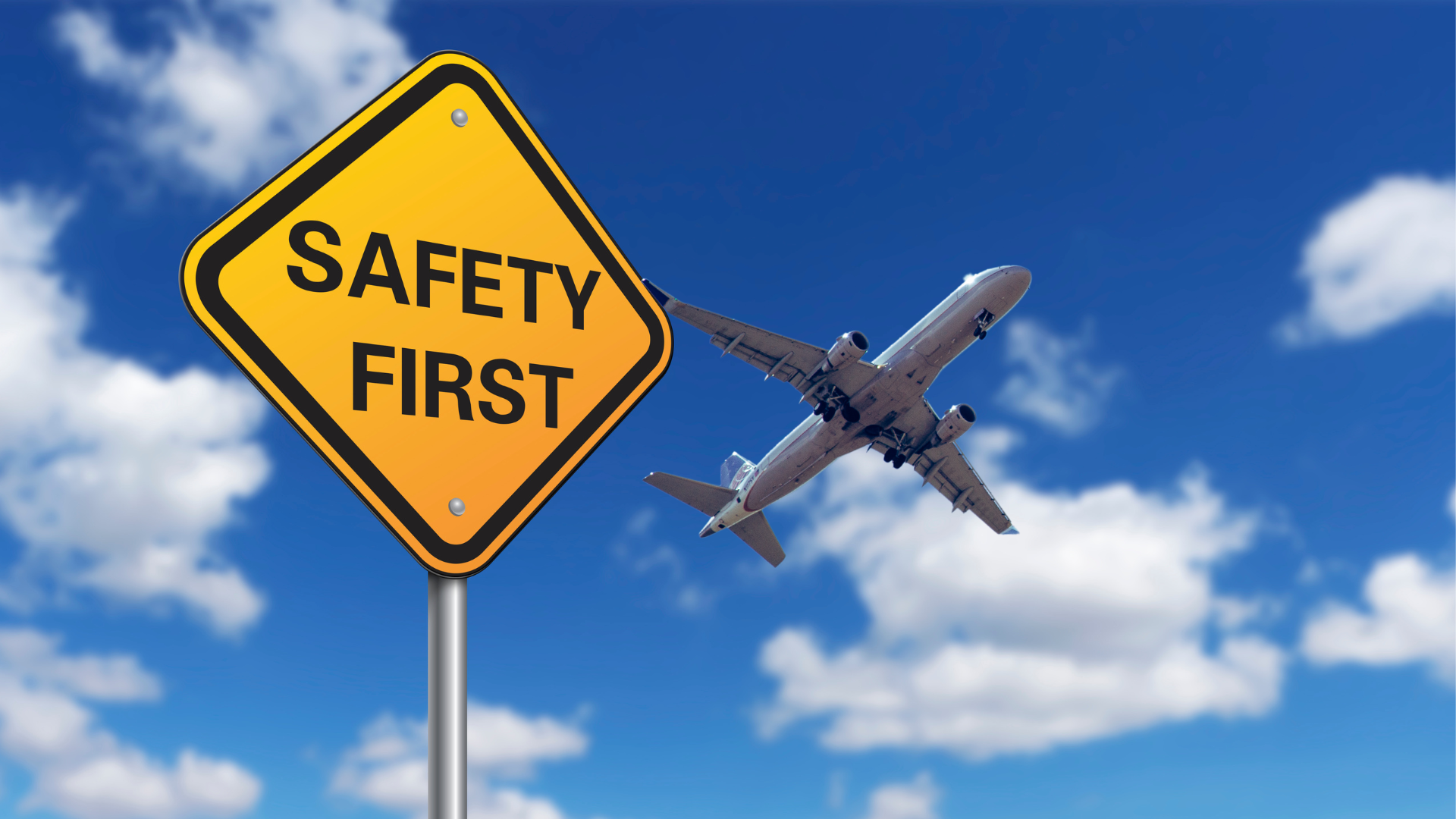In the boundless skies over the African continent, where dreams of development all-throughout soar, aviation remains one of the most vital lifelines. Nowhere is this tension more visible than in the French-speaking nations of Sub-Saharan Africa. The promise of air travel is often grounded by a grim reality: systemic lapses in aviation safety. These aren’t just isolated incidents—but rather economic strain, institutional disarray, and an alarming shortage of qualified professionals.
Local Realities vs. Global Standards
In 2023, the International Civil Aviation Organization (ICAO) audited several African countries for compliance with the global aviation safety standards. The results were sobering. Nations like Chad, the Democratic Republic of the Congo (DRC), and the Republic of Congo scored far below the global average in critical oversight categories such as personnel licensing, air worthiness, and accident investigation. While the United States Federal Aviation Administration (FAA) maintains a Category 1 rating—meaning full compliance with ICAO standards—many of these countries teeter at the edge of Category 2 or lack classification altogether.
The gap is particularly stark when it comes to technological training—relating to professional expertise. Aviation is an industry where even minor oversights can spiral into catastrophe. Yet, in many Francophone African nations, regulatory bodies also lack the financial resources to consistently train, certify, and retail skilled personnel. Aircraft engineers may work without up-to-date manuals; pilots are sometimes trained on outdates systems; inspectors are few and under-equipped. In 2019, a report by the African Airlines Association found that nearly 80% of safety incidents in Sub-Saharan Africa were linked to human error—a statistic that shows the need for better training.

Consider the case of the 2010 crash of a Filair Let L-410 in Bandundu, DRC. The aircraft, overloaded and poorly maintained, lost control and plunged into a house, killing all 20 onboard. Subsequent investigation revealed that the airline operated in a regulatory vacuum—no rigorous safety inspections, no functional black box, and no enforcement agency with teeth. The DRC’s aviation authority had neither the funding nor the trained staff to intervene. It wasn’t an accident—it was an inevitability.
Some countries are making strides. Senegal, for example, has made significant investments in its gence Nationale de l’Aviation Civile et de la Météorologie (ANACIM). ICAO rated Senegal’s effective implementation of saftey protocols at over 70% in 2022, well above the regional average.
The Cost of Neglect
Economics, unsurprisingly, lies at the heart of the crisis. Aviation is expensive, and safety compliance even more so. For many developing countries juggling healthcare crises, infrastructure deficits, and political instability, civil aviation authorities are often underfunded and politically neglected. As a result, regulatory bodies exist in name but lack autonomy or resources. Compare that to the FAA, which commands an annual budget of over $18 billion, supports a workforce of more than 45,000, and runs its own training academies. Most Francophone African nations can’t allocate even a fraction of that—yet are tasked with the same safety concerns.
And so the cycle continues: under-qualified personnel lead to weak oversight, which leads to dangerous airlines, which in turn drive away tourism, investment, and public trust.
The solution is not simple, but it is achievable. ICAO’s “No Country Left Behind” initiative has pushed for greater technical cooperation and funding for training programs. The African Civil Aviation Commission (AFCAC) is working to harmonize safety standards across the continent, but enforcement remains a challenge for them. More partnerships with European and American aviation academies could help raise the bar, as could investing in national flight schools and technical institutes. Transparency, too, must be non-negotiable—publicly available audit data, open crash investigation, and accountability on top of it all.
Ultimately, this isn’t just about planes—it’s about people. It’s about the businesswoman trying to reach her next market, the student flying home for holidays, the sick child in need of urgent care. Air travel is not a luxury in these regions—it’s often a necessity. And when saftey is compromised, the consequences are not just tragic—they’re unjust.


Leave a Reply